Support critical transitions – new product introductions, production shifts, or reorganizations – through scenario-based planning and risk-informed decisions.
Industrial organizations are constantly exposed to deep transformations: introducing new products, adapting to market shifts, responding to new regulations, or modernizing legacy operations. These transitions are complex and risky: they involve critical decisions under uncertainty, often on tight timelines.
We help industrial leaders to structure these transitions and to secure performance by building a quantitative, systemic understanding of their operations — before critical decisions are made.
Our approach enables our clients to:
- Visualize and anticipate operational impacts of strategic decisions
- Evaluate risks and trade-offs across alternative scenarios
- Secure operational continuity and performance through well-informed choices
This is essential when an industrial organization must prepare for substantial changes in its industrial operations — whether launching a new product, reshaping its production flows, or adapting to a new business context.
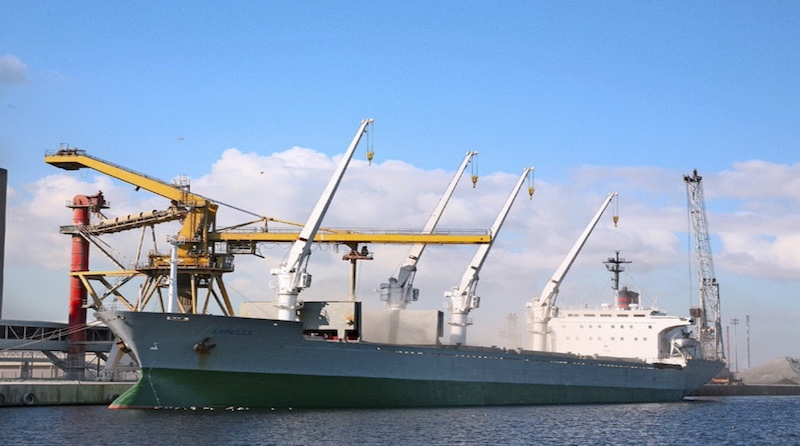
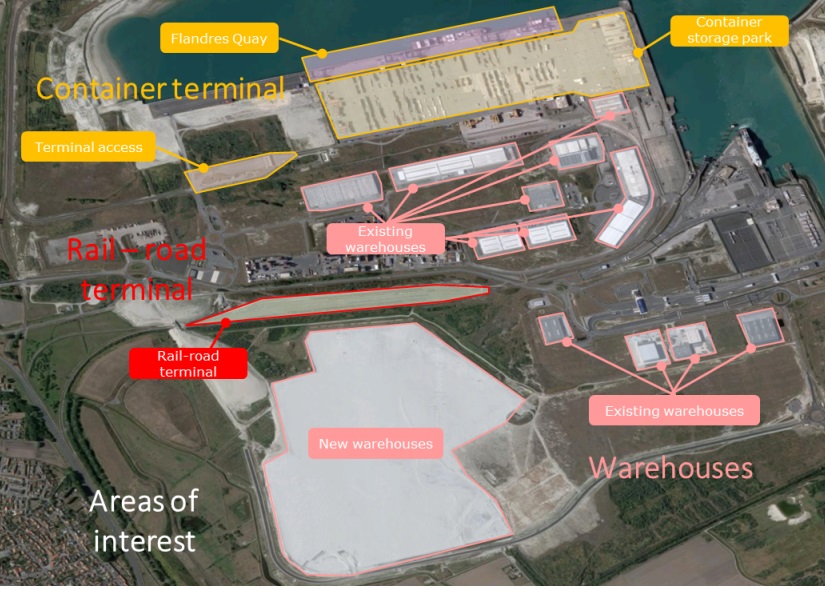
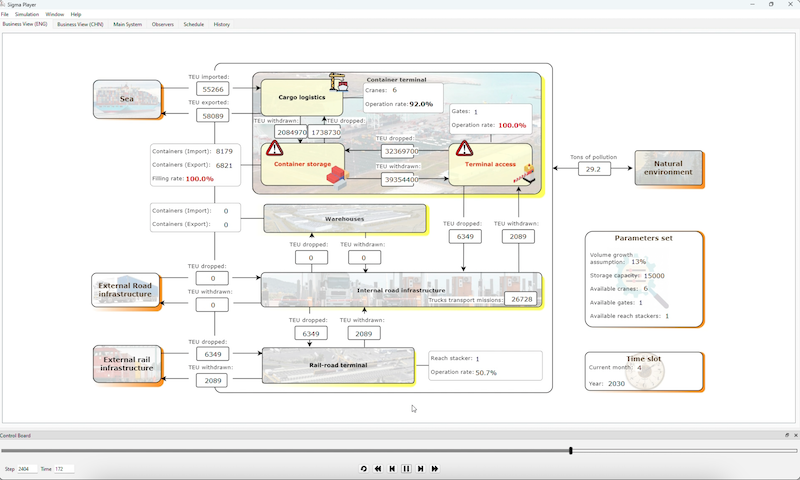
- A shared, cross-functional representation of the port’s logistics system, enabling effective collaboration between planning, operations, and infrastructure teams.
- Simulation reports, allowing:
- Identification of weak points in the current infrastructure under future traffic loads.
- Support in selecting the optimal sequencing and sizing of new logistics assets to minimize service disruption during the transition.

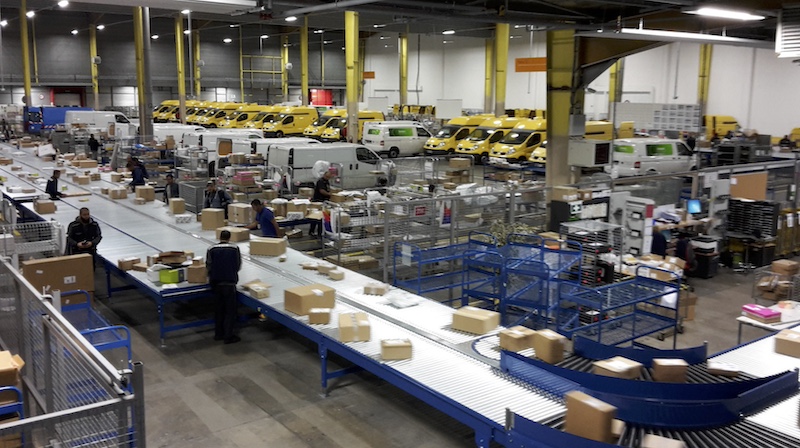
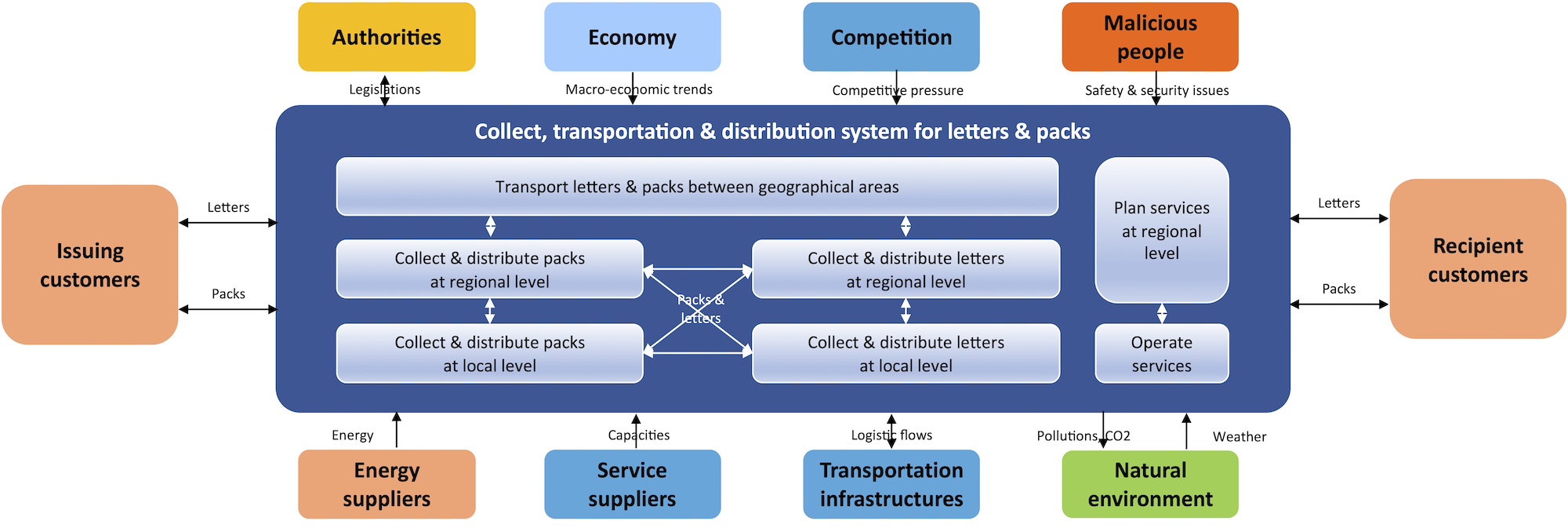

- A quantified, transversal view of the current logistics system.
- Simulation of structural evolutions and future load scenarios.
- Identification of key operational vulnerabilities and transformation levers.
- Evaluation of multiple network redesign options with respect to various key performance indicators.
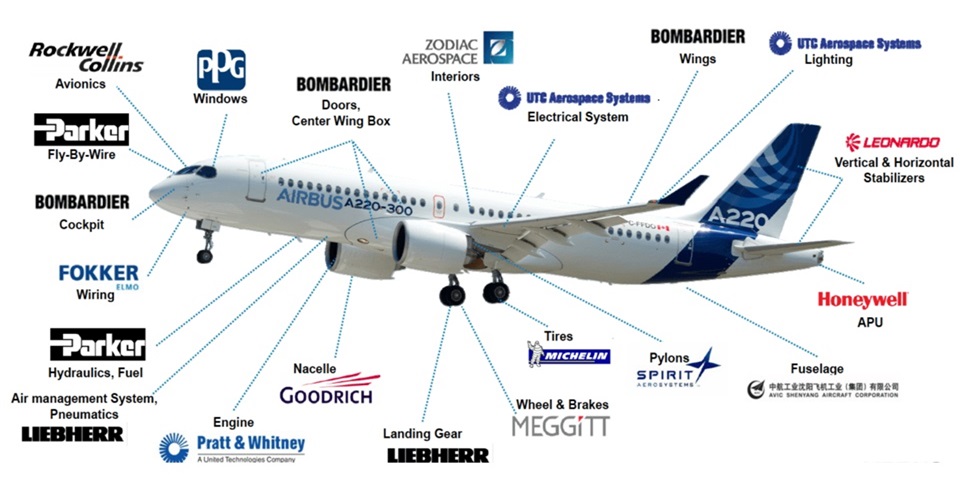
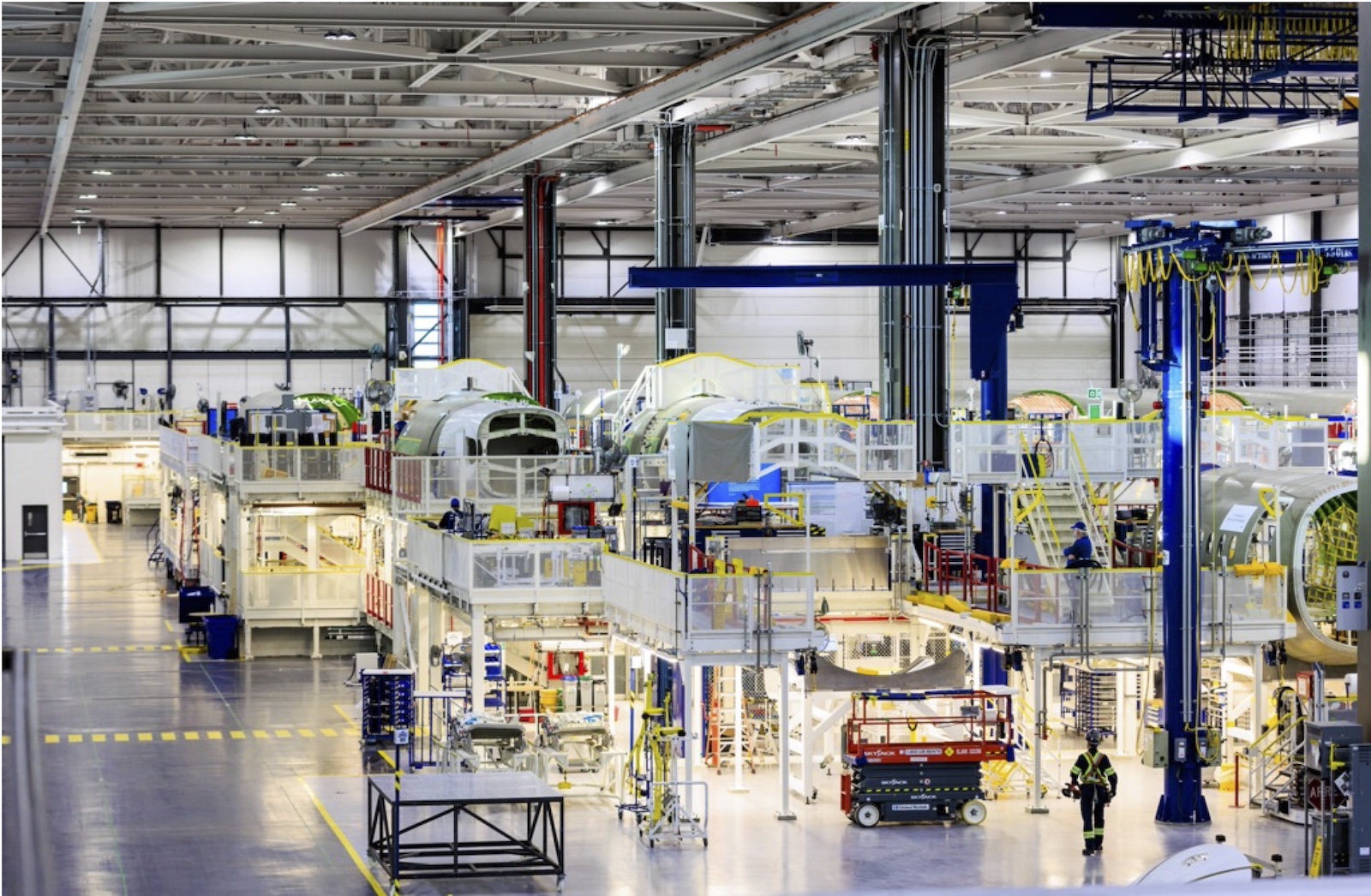
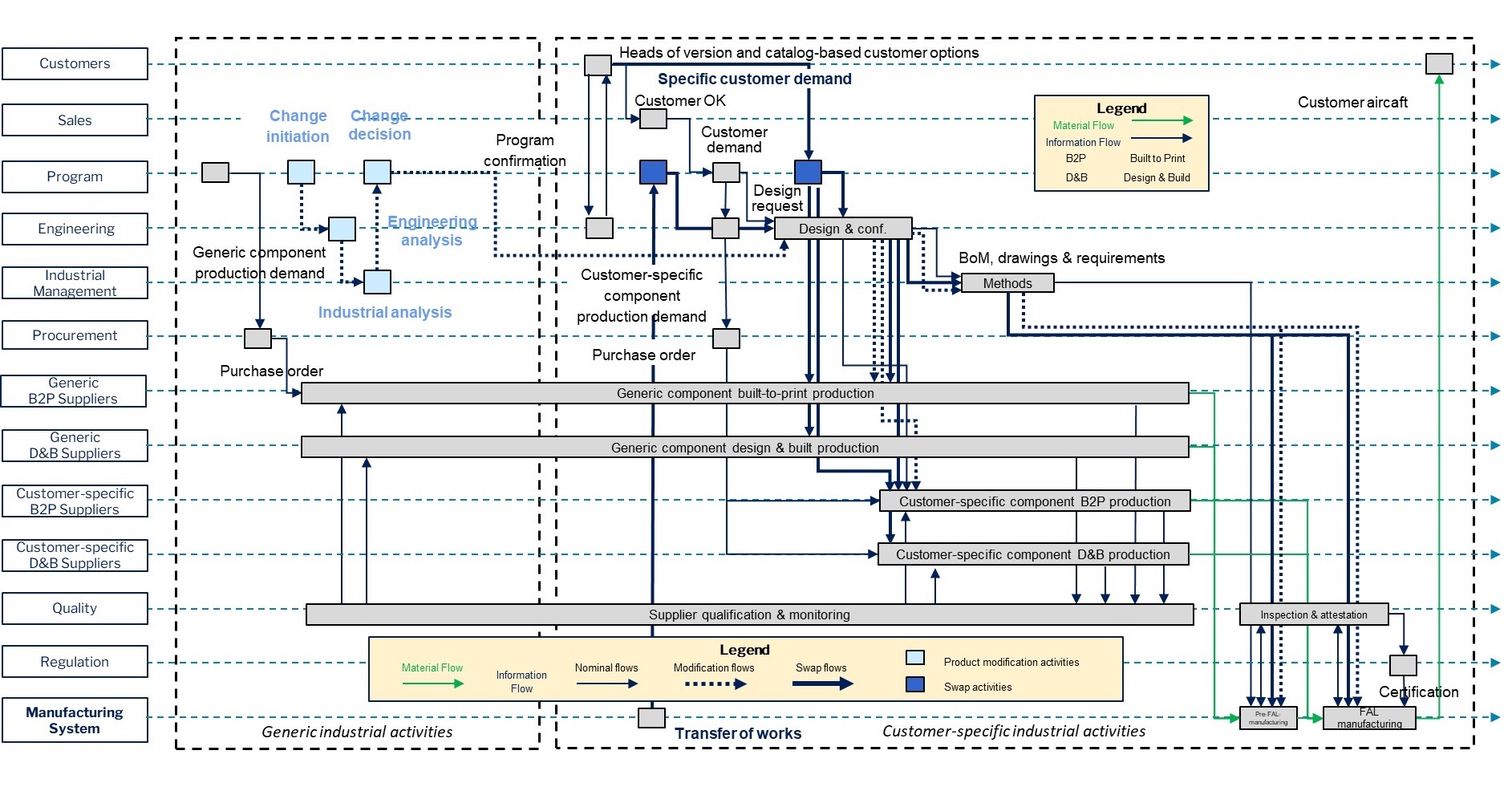
- A shared, dynamic model of the end-to-end industrial system: production, supply chain, governance, and market context
- Early identification of critical failure points in the context of ramp-up targets
- Actionable insights to improve agility, reduce lead times, and secure production throughput
